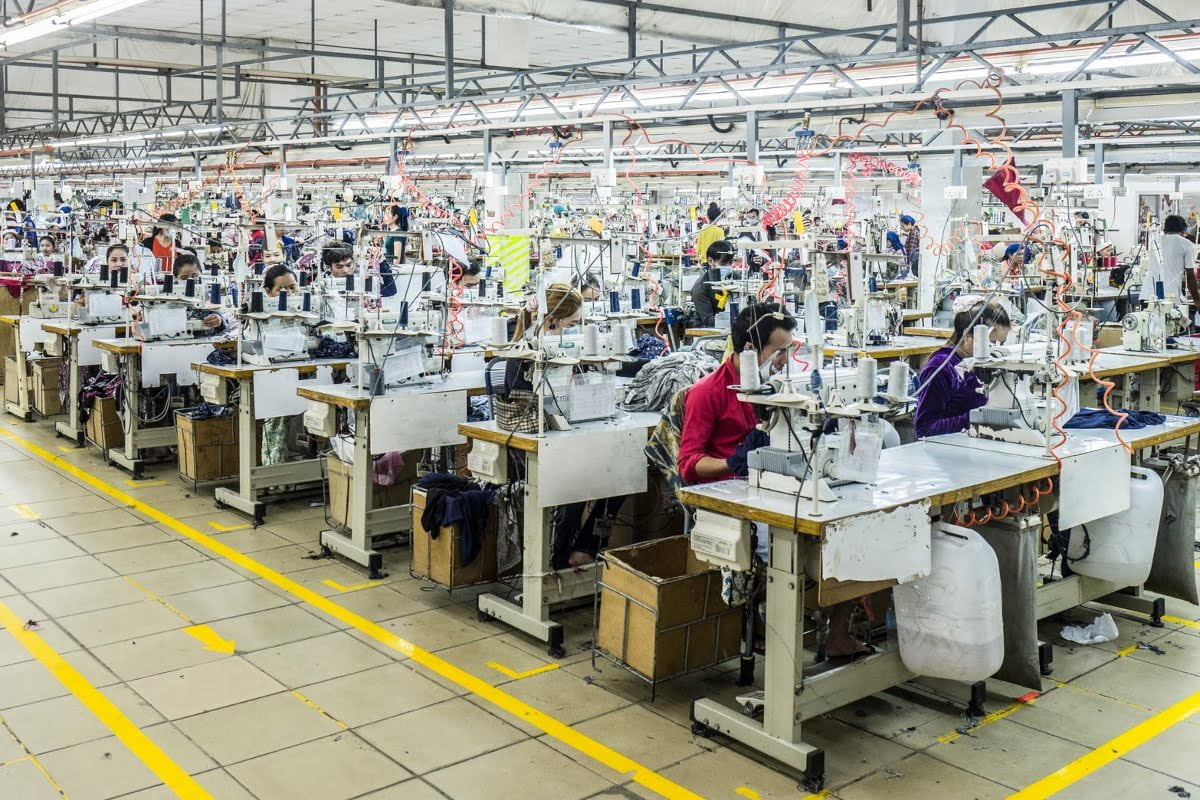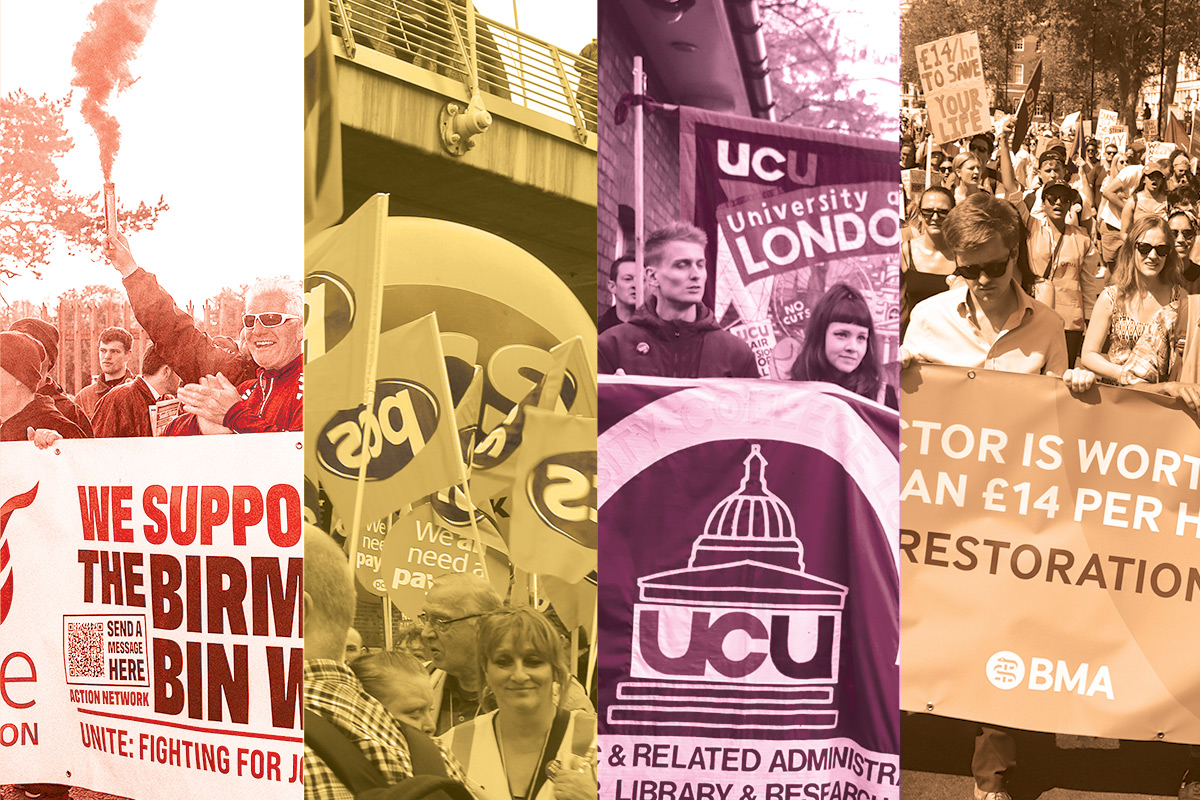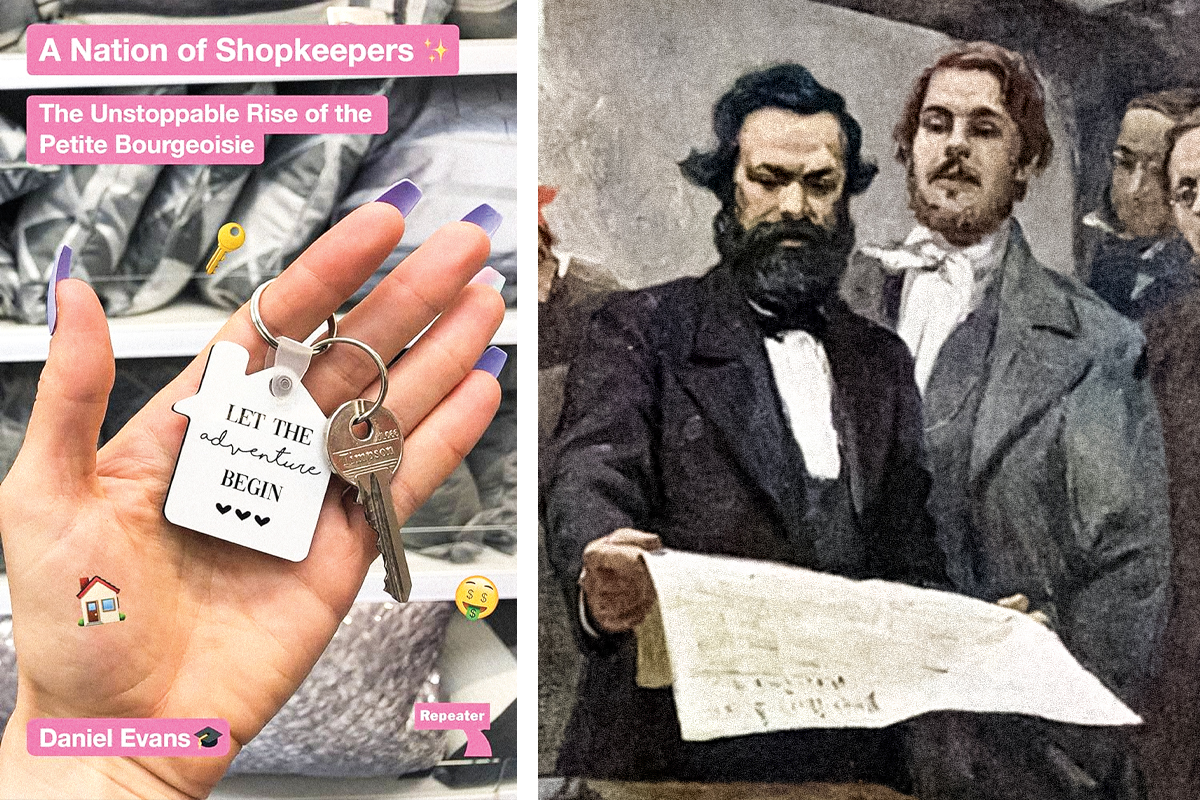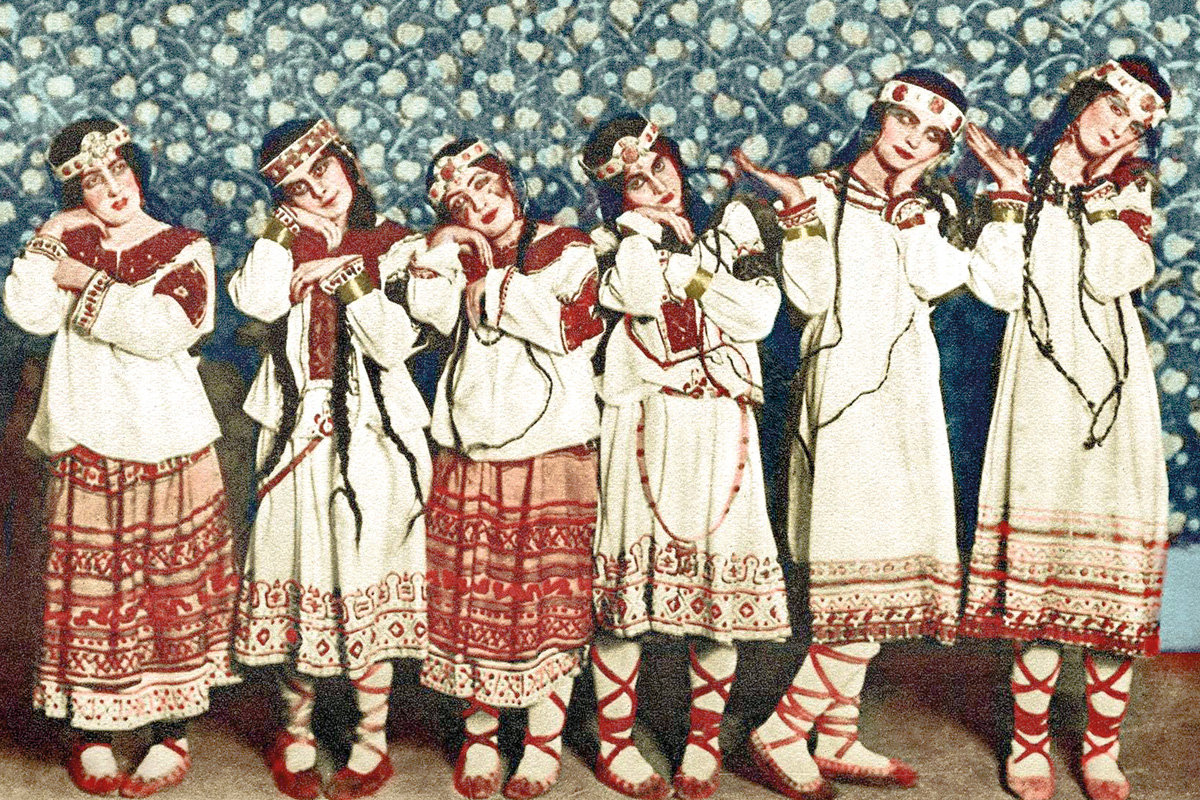A Nation of Shopkeepers is a 2023 book by (ostensibly) Marxist academic Dan Evans. It is an attempt to develop our understanding of the ‘petty bourgeoisie’ or middle class, which the author perceives as an ignored part of society.
Evans argues that the petty bourgeoisie – the intermediate class of small business owners and independent professionals, squeezed between the working class and the big capitalists, – has in fact grown to the point where it constitutes a third of the British population (23 million).
This, he argues, nullifies the analysis of Marx and Engels, who wrote in the Communist Manifesto that:
“[t]he lower strata of the middle class – the small tradespeople, shopkeepers, and retired tradesmen generally, the handicraftsmen and peasants – all these sink gradually into the proletariat, partly because their diminutive capital does not suffice for the scale on which Modern Industry is carried on, and is swamped in the competition with the large capitalists, partly because their specialised skill is rendered worthless by new methods of production. Thus the proletariat is recruited from all classes of the population.”
Like magic

Deindustrialisation, Evans argues, has changed the nature of work, and therefore has undermined the classical Marxist understanding of class. The mentioned claims of a swelling in the ranks of the petty bourgeoisie is explained by the creation of what Evans labels the ‘new petty bourgeoisie’.
Within this ‘new petty bourgeois’ class is included “[d]eclassed graduates, call centre workers, teachers and teaching assistants, salesmen, estate agents, nurses, firemen, public sector workers and more”.
In terms of their relations to work, this ‘new’ class is identical to the working class, in that they must sell their capacity to work in order to live, and in fact work side by side with workers.
What separates the ‘new petty bourgeoisie’ from the working class, Evans tells us, is that they aspire to “social mobility”; they dream of better things for themselves – and so are therefore individualistic – whereas the working class is happy with its lot.
By changing the definition of class to a set of cultural values, Evans has managed to perform a magic trick, by pulling a completely new class out of thin air!
Rather than seeing things such as classes in their process of historical development, Evans takes them as a finished product, a checklist of characteristics (which can be handily found at the back of the book) for us to foist upon the world.
What political conclusions are drawn on the basis of this ‘new’ theory? In a 2024 article written for the New Socialist, Evans points out that the most radical movements in recent times have been outside the trade unions, and instead over issues such as Palestine.
This, he argues, is because the working class has shrunk and been atomised by the changing nature of work, leading to a process of de-proletarianisation.
He concludes:
“The class structure has changed, and so has the ‘revolutionary subject’. But rather than despair, there is cause for optimism. The problem is not with ‘the people’: there is widespread hostility to the state, to politicians, and to war, and mass support for redistributive politics.
Perhaps we should not try to go back, to use the rigid tools of the past for a changed, chaotic class structure; to try and cram the existing, chaotic class society into outdated political categories, frameworks and organising methods developed for a simpler class society.
The task facing us now is to find the right tools with which to organise, and to discover how to embed ourselves in a milieu with which we are not familiar.”
The argument boils down to this: Marxism is out of date as class has become more complex, the working class is no longer the ‘revolutionary subject’, and the ‘new petty bourgeoisie’ could be a contender for the title.
Looking to pad out the revolutionary CV of the petty bourgeoisie, Evans then downplays the role of the working class in some of its historic battles, claiming that “the Merthyr rising, the Chartists, Peterloo. This period of social insurrection was not led by ‘the proletariat’, but by a mixture of artisans, farmers, and semi-proletarians.”
Proletarianisation
It is true that the outward appearance of work has changed. The tools and machinery are different; most British workers aren’t in mines or factories; the scale and interconnectivity has increased; free competition and small scale production have given way to monopolies, and so on.
As a part of this process, traditionally better off professions, such as those that Evans describes as ‘new petty bourgeoisie’ are dragged down into the ranks of the working class.
Marx and Engels described this process in the Communist Manifesto:
“The bourgeoisie has stripped of its halo every occupation hitherto honoured and looked up to with reverent awe. It has converted the physician, the lawyer, the priest, the poet, the man of science, into its paid wage labourers.”
Whether or not such individuals are resentful of this process, and hold wishes of moving back up to their previous position, is irrelevant in considering their objective relation to production.
Despite what academics claim, your class has nothing to do with what books you read, your level of education, whether or not you can play the piano, or whatever other secondary things they highlight.
At the end of the day, if you do not possess any means of production, and must work for a wage in order to live, you are a part of the working class. Whether you are teaching in a school or working in a coal mine, this fundamental point remains the case.
This also remains the case whether or not you are a part of a trade union. To judge the virility of the working class by union membership is to take just one narrow metric, giving an incredibly one sided picture.
This book isn’t the first to put forward these ideas. In fact, in schools and universities they are taught as fundamental ideas of sociology.
Within this academic pantheon are groups like the Frankfurt School, Max Weber, and Pierre Bourdieu, the latter of which Evans pays homage to throughout the book.
A notable alumni of this camp is Eduard Bernstein, who also sought to disprove the process of proletarianisation by arguing for the growth of the middle classes. As Rosa Luxemburg pointed out in her 1900 polemic, Reform or Revolution, this was an opportunistic and reformist deviation from Marxism.
Writing about this debate, Luxemburg explained that “The question of reform or revolution, of the final goal and the movement, is basically, in another form, but the question of the petty-bourgeois or proletarian character of the labour movement.”
Last cry of the petty bourgeoisie
A former academic (and self proclaimed ‘new petty bourgeois’) himself, Evans expresses his frustration at his increasingly precarious position multiple times throughout the book. That he expected the traditional life gifted to an academic, one of relative comfort with things such as tenure (i.e. job security) and so on, but instead was greeted with the hard reality of precarity and proletarianisation.
Despite multiple calls for a “relational” understanding of class, Evans hasn’t come anywhere close to this. He forgoes discussing the relation of workers to the process of production and instead focuses on their own subjective cultural beliefs.
The working class is not one homogenous block, it consists of different layers, all of whom draw different conclusions at different times.
If differences in ideas and cultural values were to be taken as the metric for new class divisions, the working class would be fractured into a thousand and one different classes.
The only conclusion that could be drawn from such an idea is that things are far too complex and riven with differences that there can never be a united, revolutionary struggle. And going further, that class doesn’t really exist at all.
Aspirations of the working class

History has proven the opposite. It has illustrated that, on the basis of events, the working class moves in the direction of self-organisation, collective struggle, and revolution. It moves in this direction on the basis of its class relations, its shared conditions globally, and its position in the productive process.
Far from having shrunk in the past few decades, the working class has actually grown massively, now making up the overwhelming majority of the world population.
In fact, groups such as nurses, teachers, lecturers, and civil servants – i.e. those layers described as ‘new petty bourgeois’ – have been amongst the most militant of the organised working class in recent years.
In order to ‘better their lot’, they have not gone down the road of networking and career advancement, as a well-to-do petty bourgeois might, but down the road of collective action and class struggle, the methods of the working class.
Regardless of how they may personally perceive themselves, their class interests are therefore expressed on the basis of events dragging them in that direction.
The whole book reads as a last-ditch effort to cling on to the remnants of a petty bourgeois life, essentially saying “I may have been pushed irretrievably into the ranks of the working class, but I’m better than them because I aspire for a better life!”
Whilst the ideas of the working class today may not be for revolution, their ideas tomorrow are another question, as the deep crisis of capitalism leads to further attacks, further layers of the working class being pushed into struggle, and further leaps forward in consciousness.
Then we shall see that, far from being ‘happy with their lot’, the working class has aspirations of its own, ones far greater than the pipe dream of a middle class life dreamed of by the enlightened petty bourgeoisie.
As Marx and Engels wrote in The Holy Family:
“It is not a question of what this or that proletarian, or even the whole proletariat, at the moment regards as its aim. It is a question of what the proletariat is, and what, in accordance with this being, it will historically be compelled to do.”






